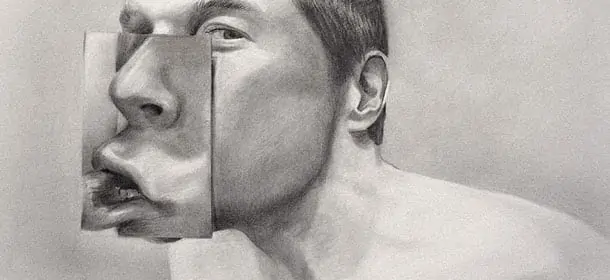

If you weren’t able to attend last week’s lecture on Neo-Expressionism, you’re in luck! The talk by Gallery Director Rose O’Donnell is reproduced below, for all our members wondering about the theme of next month’s exhibit (or anyone else who’s curious).



“Supporters of Neo-Expressionism, and the larger return to painting in the 1980s, argued that Conceptual Art, Minimalism, and Pop had neglected art’s ability to activate the imagination, to invent myth, and to give vent to human emotion. However, some critics charged Neo-Expressionism with pandering to right wing politics and the tastes of the art market.” (TheArtStory.com)
“Artists now are involved instead with reclaiming that which has been rejected or popularized, and redefining the separateness of art. … Painters — and only a few years earlier painting was widely rumored to be dead — switched from acrylics to time-honored oils.” (Kim Levin, author of Beyond Modernism and juror for the June exhibit)
For more inspiration, you can look to artists including Julian Schnabel, Francesco Clemente, David Salle, Anselm Keifer, and Jean-Michel Basquiat. We’ve also got books on Anselm Keifer and David Salle at the Gallery for you to flip through. For more perspectives, see the Guggenheim’s collection online.
You can find the prospectus for this exhibit here. Remember, the only requirement is that you use this movement as inspiration. We can’t wait to see what you bring in!
Sign up for our weekly blog newsletter, subscribe to our RSS feed, or like us on Facebook for the latest Art League news. Visit our homepage for more information about our classes, exhibits, and events in Old Town Alexandria, Virginia.
You can support The Art League every time you shop through AmazonSmile!
Simply set The Art League as your chosen charity, and every time you shop at smile.amazon.com, a portion of your purchase will be donated to support our mission to share the experience of visual arts with the community.